Let’s be honest; Americans have a tendency to eat unhealthy food, such as deep-frying snacks or adding marshmallows to cereal. For this reason, American food baffles the rest of the world. In particular, the world is not interested in eating the following 18 American foods.
Root beer
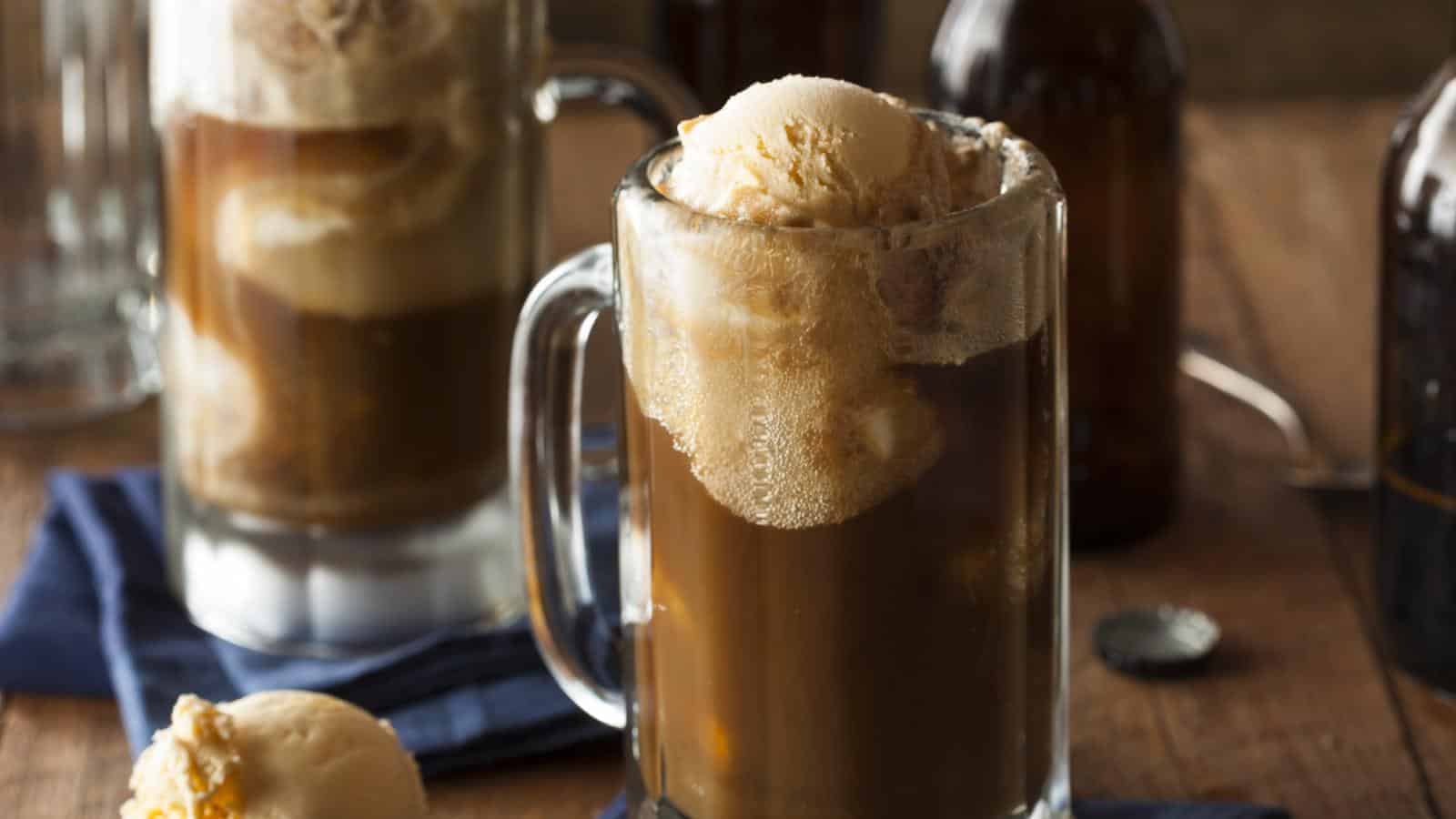
Root beer has a unique taste that isn’t for everyone. The sassafras-based flavor, beloved in the U.S., is often compared unfavorably to medicinal or mouthwash tastes by those unfamiliar with it. Most American beverages go global, yet root beer hasn’t caught on outside the United States.
Grits

Grits are made from white corn and have a smooth texture, and are often compared to other dishes like polenta or porridge. However, grits can be unappealing to those who were not raised on it. They wouldn’t last long in South Carolina, where The Spruce notes grits are the official food!
Peanut butter and jelly

The unusual combination of sweet fruit jelly and savory peanut butter can be off-putting to those unfamiliar with the pairing. Peanut butter is largely an American preference, with other cultures favoring different spreads and describing peanut butter as mushy, too sweet, or too salty. They don’t realize what they’re missing out on!
Biscuits and gravy
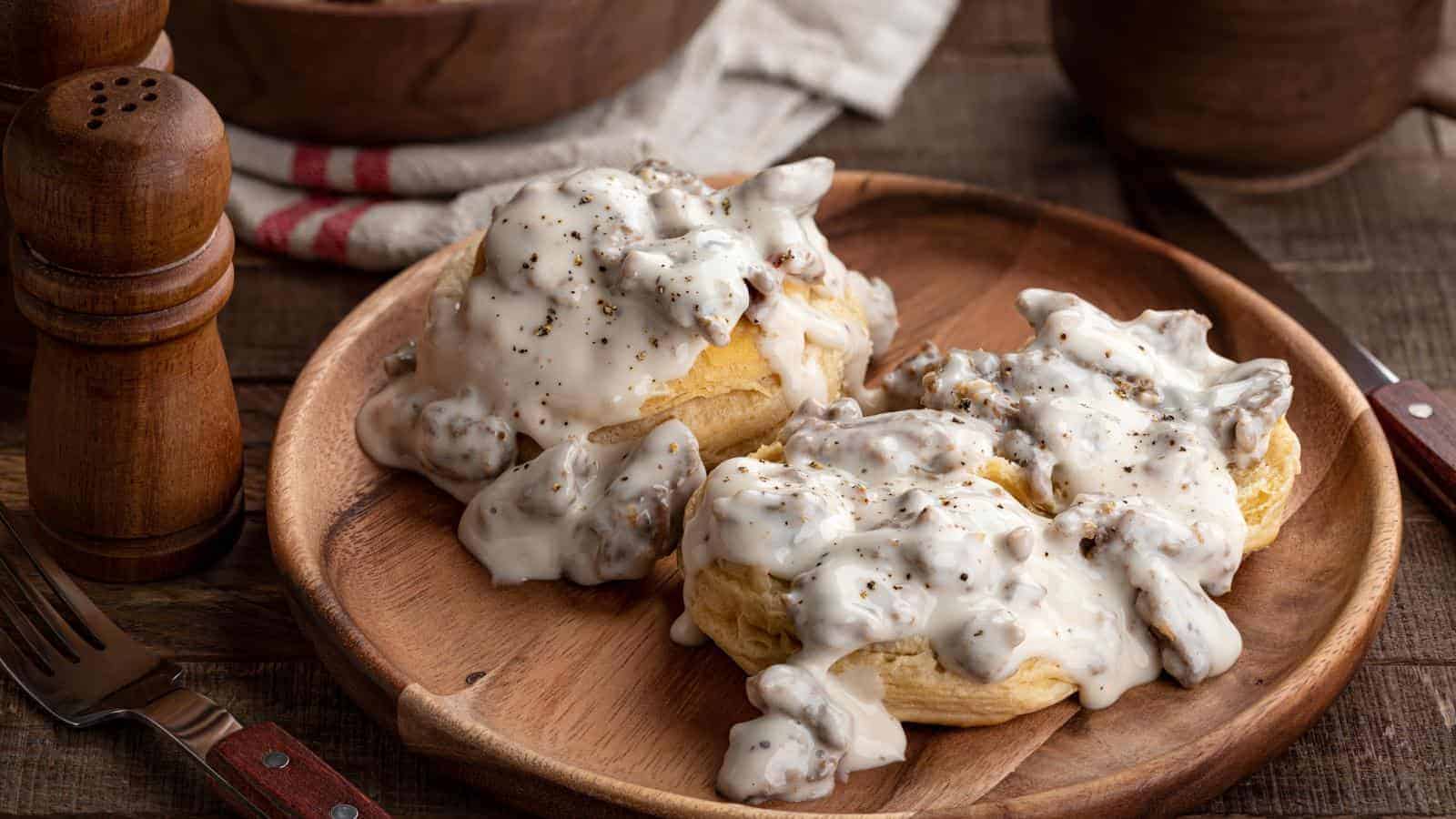
American savory biscuits smothered in creamy white gravy can be too rich for those used to lighter breakfasts. Worldwide, there are different concepts of gravy, but generally, American white gravy is considered almost a white sauce to Europeans and is used on hot food at dinnertime, hence the confusion.
Beef jerky
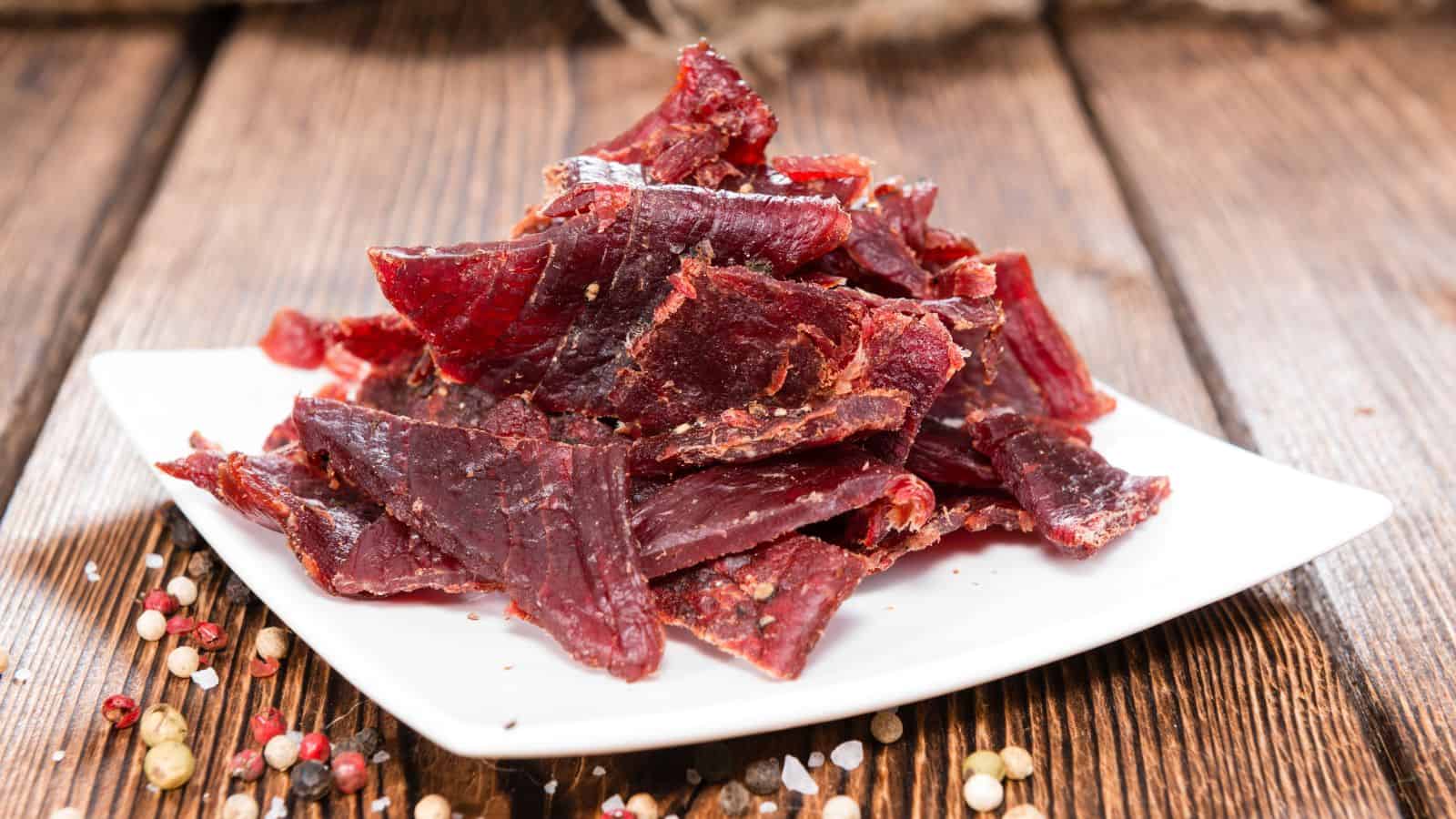
The tough, chewy texture and strong flavors of beef jerky are acquired tastes that not everyone enjoys. Many countries around the world have differing views on meat preservation, and dried meats like jerky may be less popular in some regions. However, it’s pretty popular in the UK and Eastern Europe!
Corn dogs
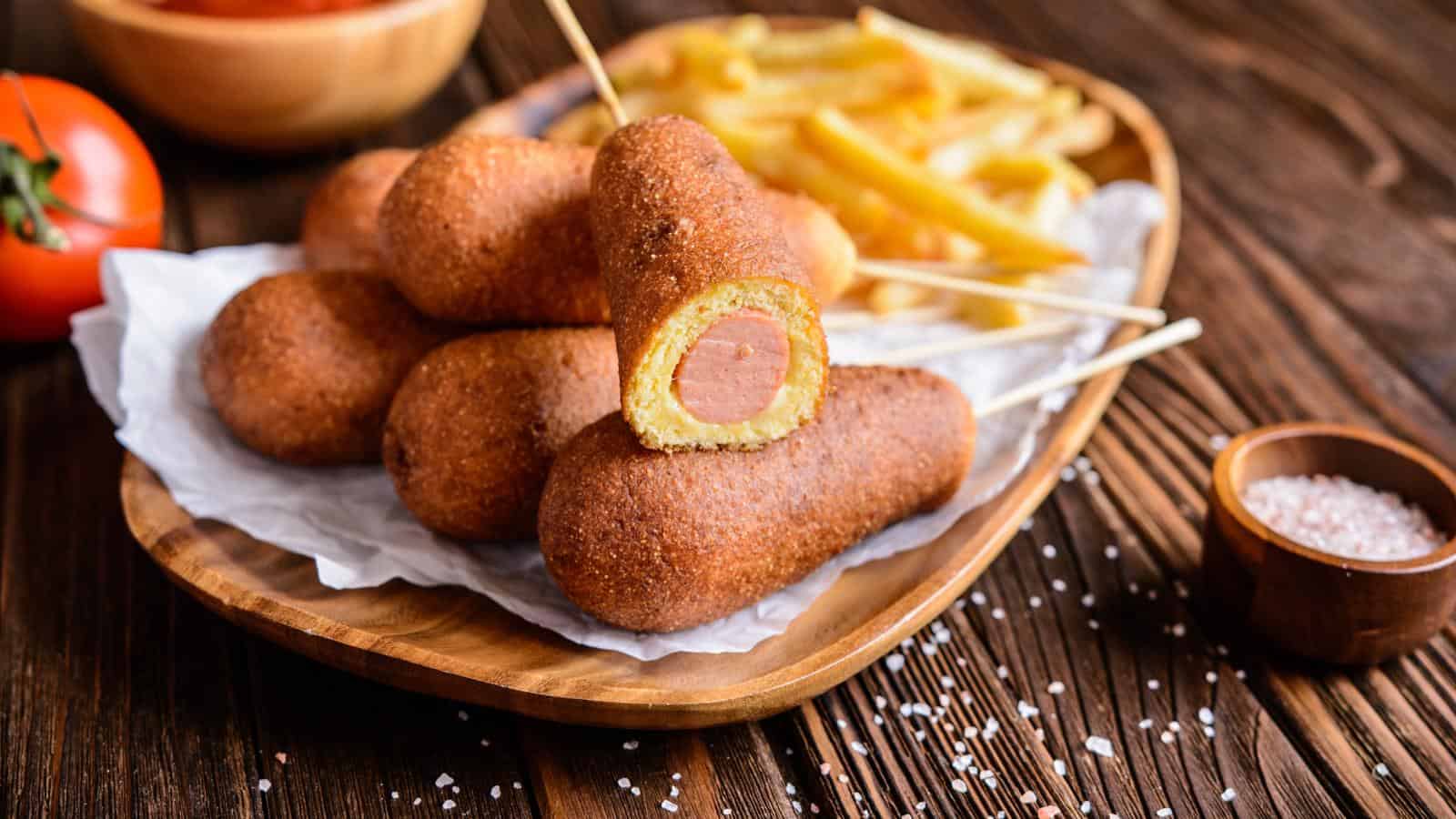
A corn dog is a hot dog or frankfurter sausage covered in cornmeal batter, deep fried, and shoved onto a stick. It’s a very convenient, non-messy way to eat a hot dog, described as an iconic fair food by Southern Living, yet the rest of the world just isn’t interested. More for us!
American cheese
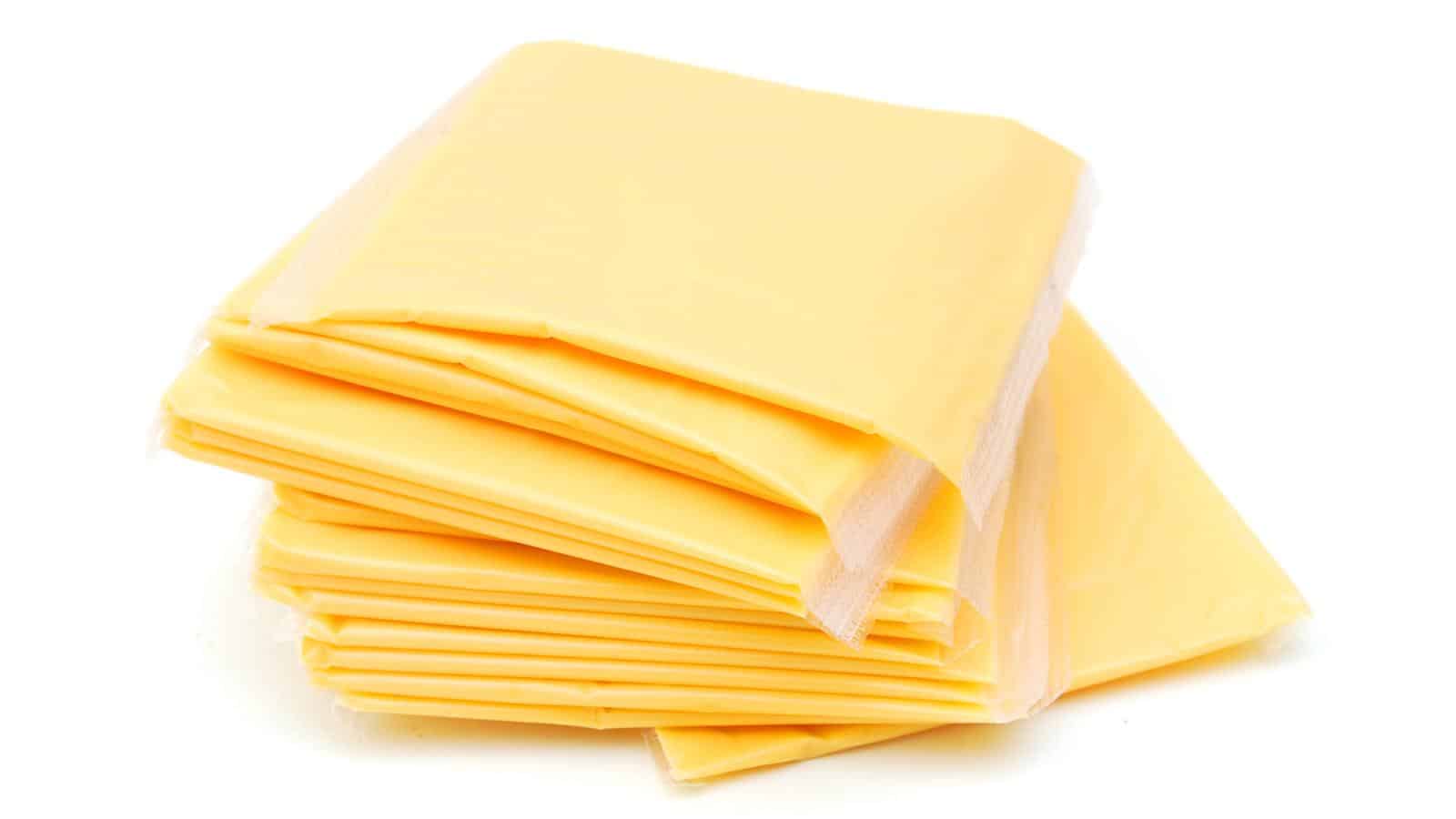
Everyone loves a bit of cheese on their burger, but the rest of the world cannot understand the American obsession with our highly processed Craft slices. They’re a serious turn-off for those who are used to robust artisanal or natural cheeses, particularly in Europe. To be honest, we can understand this one!
Sweet potato casserole with marshmallows

The topping of marshmallows on a savory dish is unusual and often unappealing to non-Americans. The idea of taking a sweet root vegetable, like sweet potatoes, and then topping them with candy seems ludicrous to the rest of the world. Candy, in general, is not a dinner item in other countries.
Spray cheese

Spray cheese is a novelty; it’s cheap and convenient compared to traditional cheese, but let’s be real–the quality isn’t great. The perception of cheese quality varies internationally, but if you offer a French or British person spray cheese, prepare to be laughed at!
Chicken and waffles
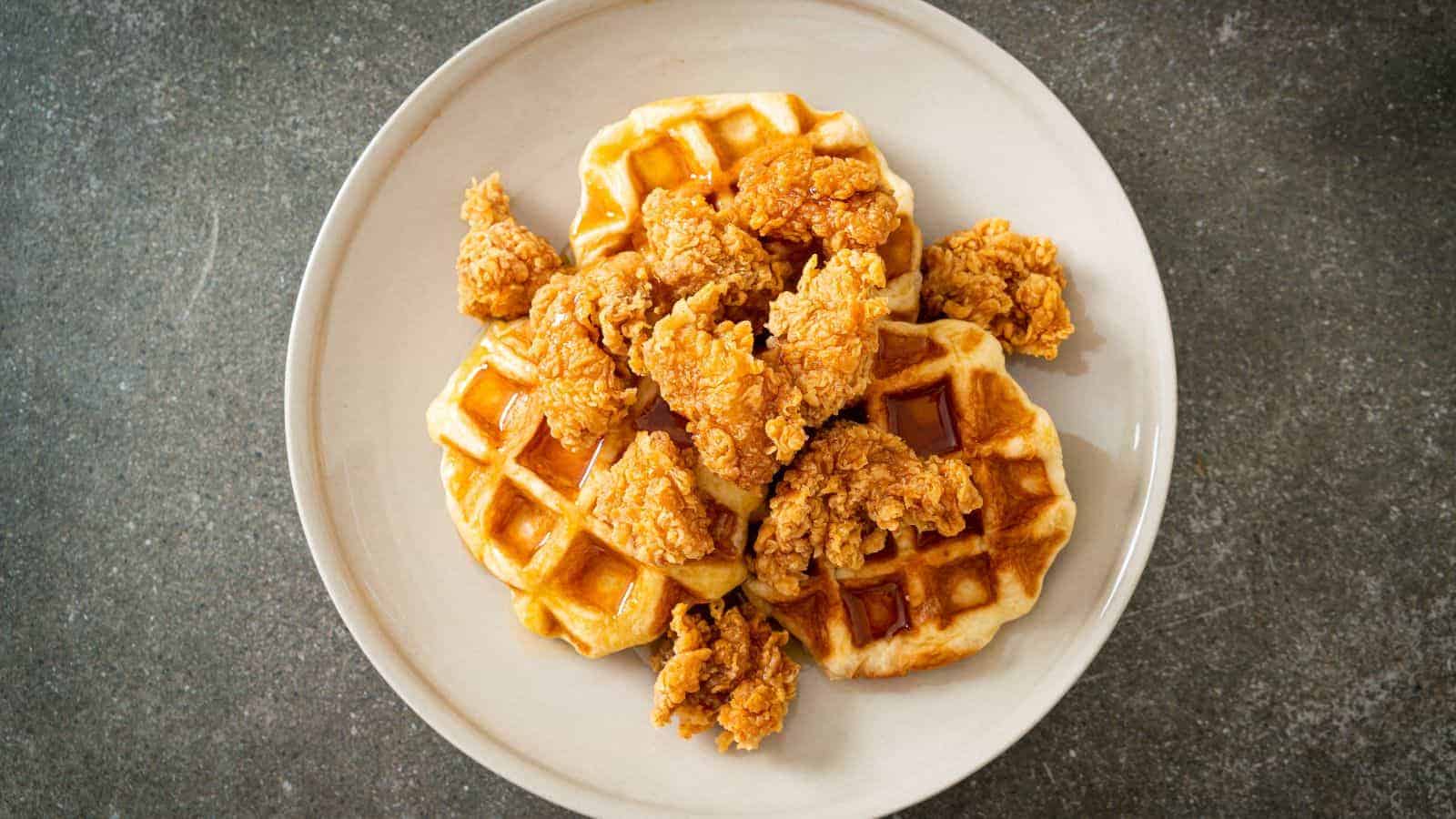
The unusual combination of a sweet breakfast item with a savory meat dish is peculiar to those from different culinary traditions, just as chicken and waffles are. This dish exemplifies American culinary innovation, blending soul food and Pennsylvania Dutch influences, which does not resonate globally and just isn’t understood outside America.
Ambrosia salad
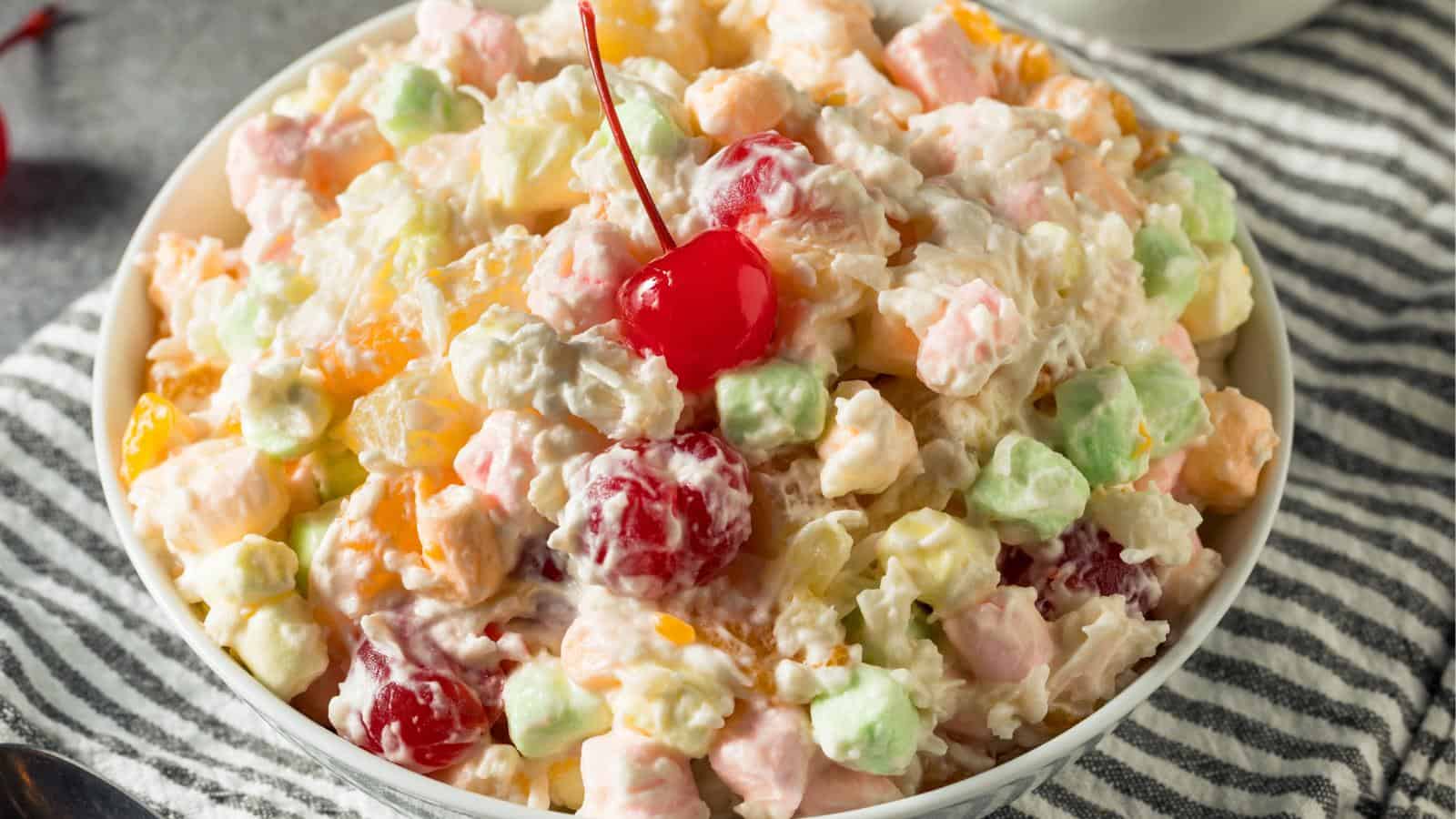
The strange mixture of ingredients in Ambrosia salad can be jarring to those not familiar with such combinations. The mix of marshmallows, coconut, and canned fruits is alien to most people outside America, who would never dream of putting candy into a salad or mixing candy with fruits.
S’mores

Making S’mores is a quintessentially American experience rooted in tradition. When Americans go camping, they make S’mores over the campfire, combining graham crackers, chocolate, and toasted marshmallows. Most countries can agree that it looks delicious, but it’s still too sweet for many international palates.
Baked beans with brown sugar
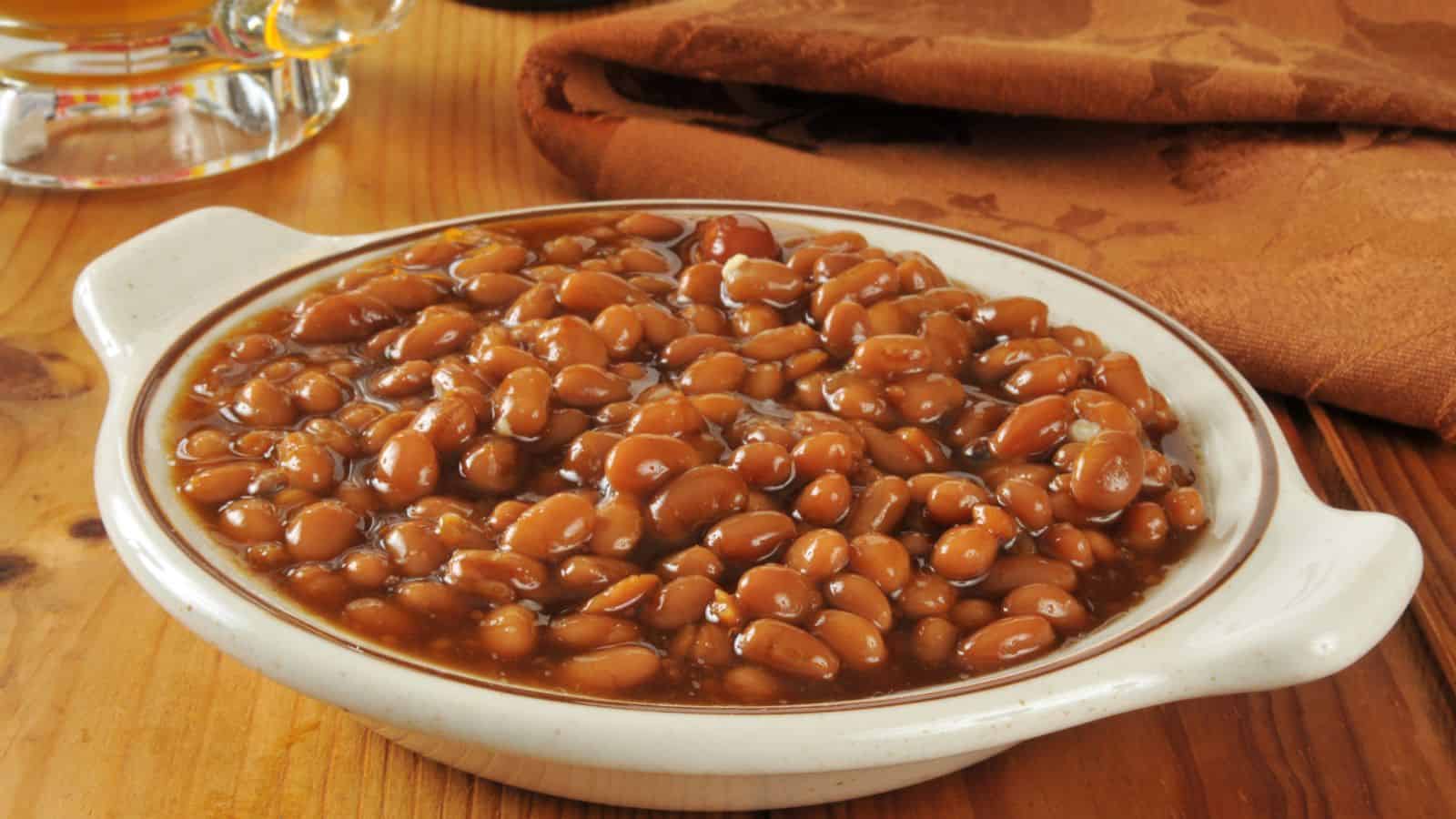
Americans think Brits are weird for eating beans on toast, but we can’t talk! Baked beans mixed with brown sugar is a dish commonly served at American barbecues, a context that might not exist in some other food cultures. Once again, this just boils down to the weird combination of savory and sweet.
Pumpkin pie
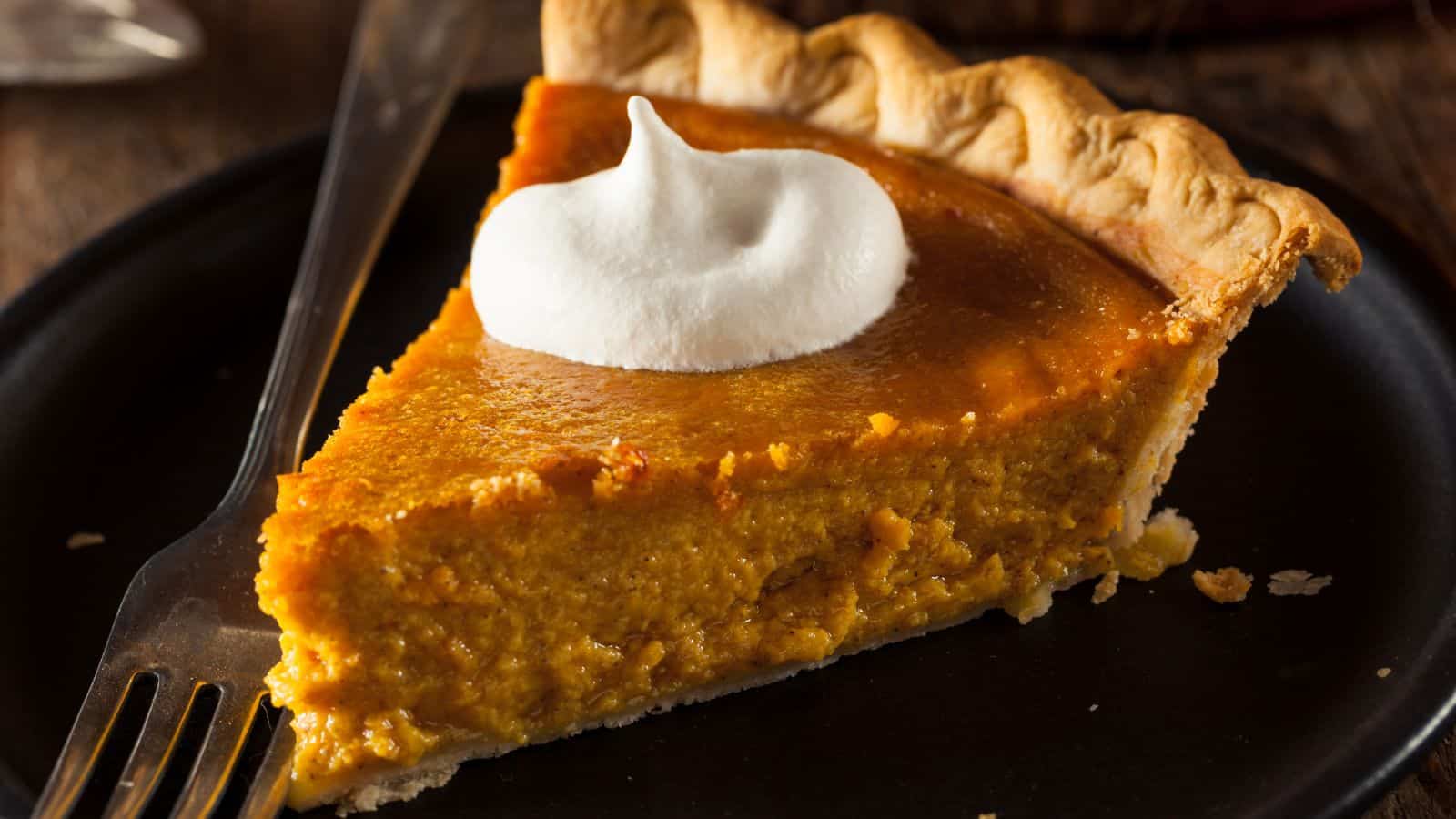
Pumpkin pie has a unique blend of spices like cinnamon, nutmeg, and cloves, which can be an acquired taste outside North America. According to Britannica, this dish is associated with Thanksgiving, which is a holiday only celebrated in America and Canada, so we think the problem here simply comes down to exposure.
Pop-Tarts

The highly processed nature of Pop-Tarts contrasts sharply with the global trend towards more natural foods, especially for breakfast. Foreigners find it absurd that Americans start their day with a sugary item such as a Pop-Tart. We can’t deny it’s unhealthy, but it’s fine as an occasional treat.
Twinkies

Twinkies are infamous for their long shelf life and chemical ingredients, which can be a deterrent in other countries where fresh ingredients are important. In America, where Bloomberg claims that even the health conscious eat them, Twinkies are iconic, but their appeal may not extend internationally due to their processed nature.
Cool Whip

The use of artificial ingredients and preservatives in Cool Whip can be a turn-off for other cultures that are accustomed to natural dairy products. This non-dairy whipped topping is used in various desserts, an unfamiliar concept in many parts of the world where real cream is preferred.
Jell-O salad

Finally, Jell-O salad is a gelatin-based dish made with flavored gelatin, fruit, and sometimes even vegetables, and it’s that last ingredient that perplexes the rest of the world. The texture of eating gelatin and fruit with vegetables is simply too much for most foreigners to stomach. We can totally understand that, but we won’t stop making it!
